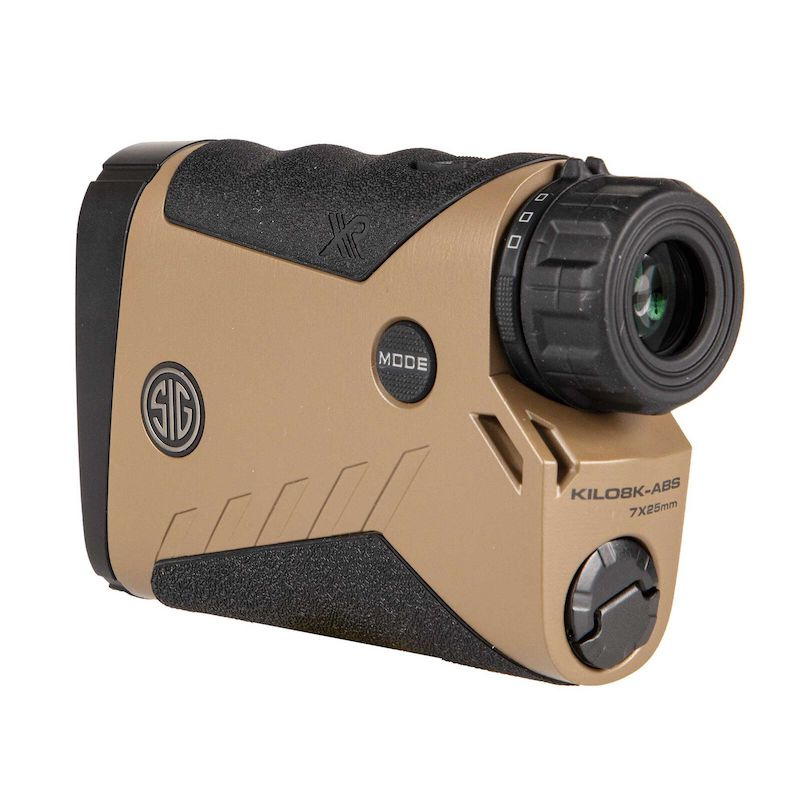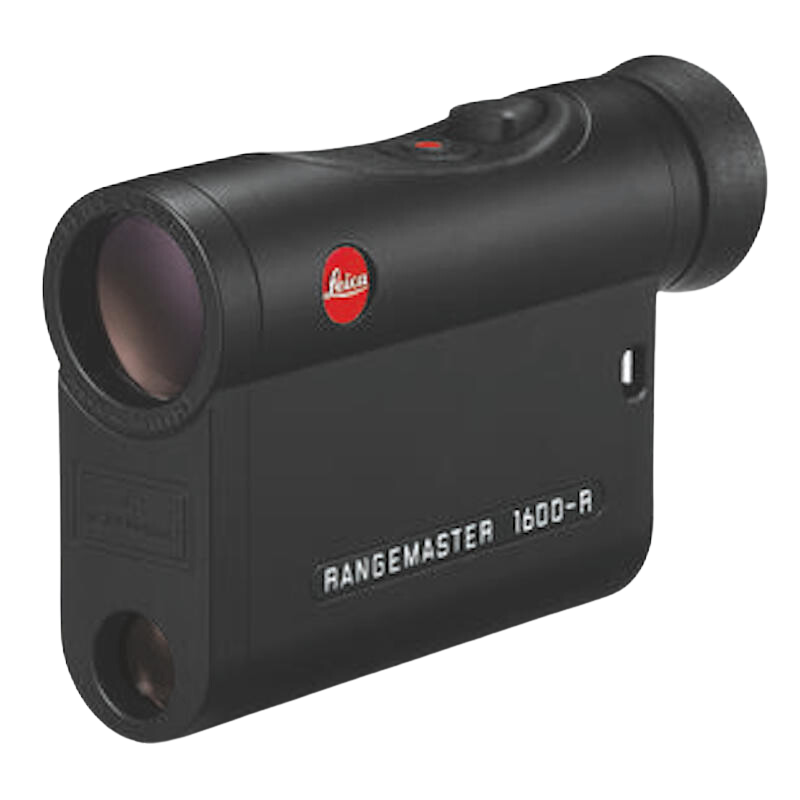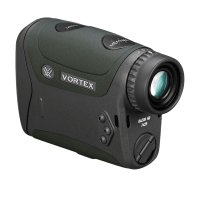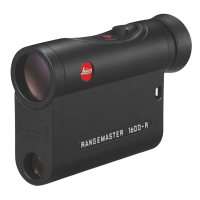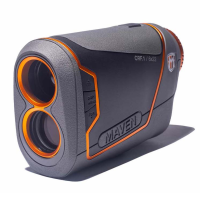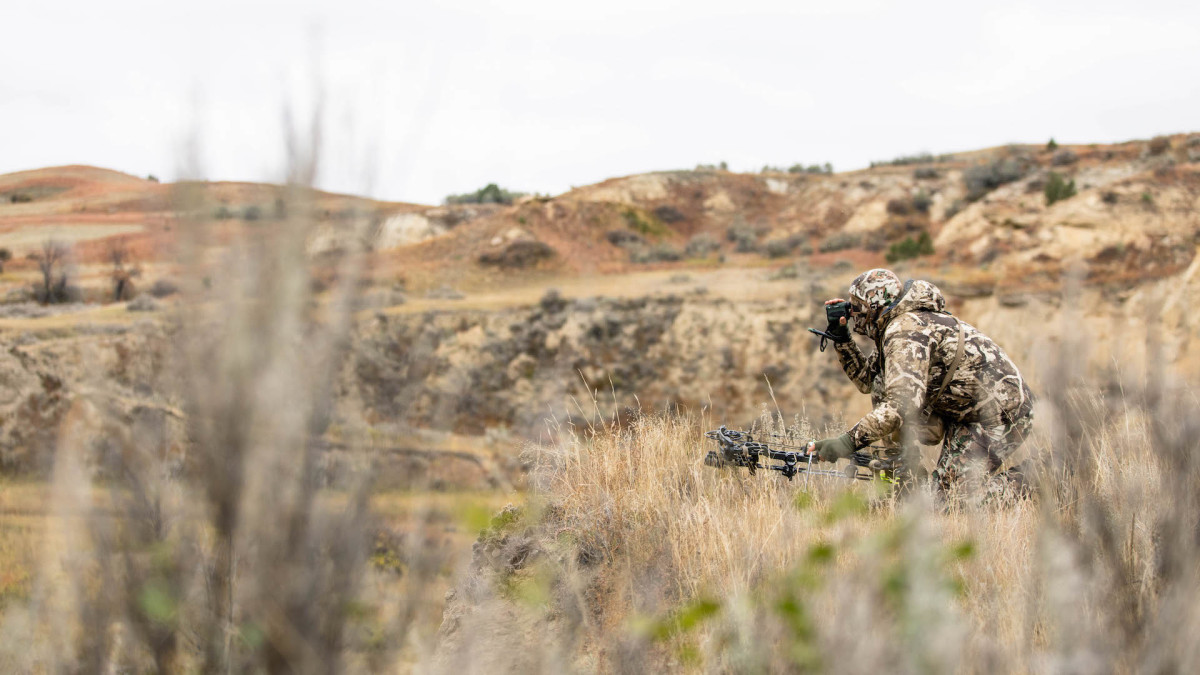
“Close enough” might cut it at the golf course, but when it comes to the rifle range or tree stand, punched tags require precision. Whether you’re gun or bowhunting, making a successful and ethical shot hinges on knowing your target’s exact distance. The MeatEater crew doesn’t leave hunting to chance, so we picked their brains to find the best rangefinders for a variety of hunting and shooting scenarios.
Jump to: The Rangefinders We Use
What We Look For in a Good Rangefinder
Call it superstition, but there’s a reason we don’t leave these rangefinders at home. Still, today’s market offers plenty of capable options, depending on your hunting and shooting needs. Whether you strike a chord with one of these options or not, consider these factors before pulling the trigger:
- Angle Compensation
- Quick Response Time
- Accurate Ranging
- Optical Quality
No matter where we hunt, quick response times and accurate, real-world ranges are a must. While you might not always need angle compensation technology, most rangefinders feature it (and there’s some saying about not having and needing that feels applicable here). If you’re a bowhunter, you probably don’t need crazy ranging capabilities. Budget options might save you big bucks. They might also cost you a big buck if you can’t see well enough to range at last light.
Jump to: What Makes A Good Rangefinder
The Rangefinders We Use
If you can hunt it, chances are the MeatEater crew has. Your preferred brand might not have made this list, but the rangefinders below represent options we trust when it’s time to pull the trigger or let an arrow fly.
 Vortex Razor 4000HD GB Steve's Pick
|
 Sig KILO8K-ABS Janis’s Pick
|
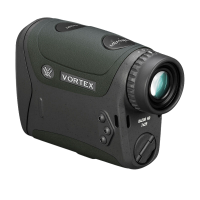 Vortex Razor HD 4000 Mark's Pick
|
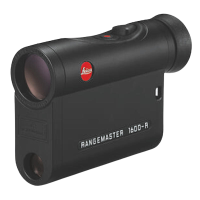 Leica Rangemaster 1600-R Tony's Pick
|
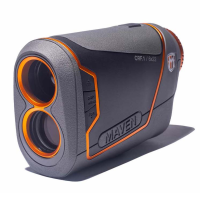 Maven CRF.1 Adam's Pick
|
|
|---|---|---|---|---|---|
| Highlight | Best for Rifle Hunting | Best for Precision Shooting | Best for Bowhunting | Most Versatile | Best Budget |
| Magnification | 7x | 7x | 7x | 7x | 6x |
| Objective Lens | 25mm | 25mm | 25mm | 24mm | 22mm |
| Weight | 10.1 oz | 7.5 oz | 9.9 oz | 6.4 oz | 8 oz |
| Price | $800* | $1,799* | $499.99* | $599* | $395* |
| Field Notes | Field Notes | Field Notes | Field Notes | Field Notes |
Jump to: Field Notes
What We Look For in a Good Rangefinder
Rangefinders can run anywhere from a few hundred to several thousand dollars. Luckily, the current market has solid options in almost every price range. But if you’re like us, you’ll want to get the most mileage out of your gear or hunting funds. Regardless of your budget, here’s a list of non-negotiables when it comes to rangefinders.
- Angle Compensation
- Quick Response Time
- Accurate Readings
- Optical Quality
For most bowhunters, angle compensating technology is critical to making a good shot, whether hunting from a tree stand or in steep, open terrain. The steeper the shot angle, the more imperative this becomes. Luckily, most rangefinders include angle-compensating technology, especially those marketed as archery-specific. Just make sure your rangefinder includes this feature before you make a purchase.
While you should range landmarks, trees, rocks, etc., ahead of time, you might have to make a last-minute range. Big game encounters can last anywhere from several minutes to a few seconds. If you’re scrambling to get an accurate reading while a buck walks through your shooting lane, that slow time could cost you. Most options will provide readings within less than one second, but cheaper options might require multiple attempts or inaccurate readings.
A few yards might not matter for the short to mid-range rifle hunter, but for precision shooters and archery hunters, especially those shooting heavy or high FOC setups, it might mean missing the target completely. This isn’t a problem you’ll likely encounter with rangefinders in the mid-to upper-tier price range, but a solid option should give you consistent readings within at least half a yard.
You shouldn’t expect the same optical quality from your rangefinder as you would your spotting scope, but it should provide enough visibility in low-light conditions to pick up and range your target accurately. Otherwise, what’s it for?
Field Notes from the MeatEater Crew
Steve's Pick
Best for Rifle Hunting
Equipped with GeoBallistics technology, the Vortex Razor HD 4000 GB provides shooters with precise ballistic data to pair with a host of bullet offerings through the GB app. This is way more tech than bow or casual rifle hunters need, but it's perfect for long-range hunters who need to make quick, precise adjustments. The Vortex Razor HD 4000 GB might require a learning curve, but the time you spend with it at the range is time you'll save in the field. MeatEater Founder Steven Rinella lauds this "really cool" rangefinder.
"Set up is easy and it gives you precise, customized ballistics for your own rifle and ammo. No more working math problems in your head or navigating drop charts when planning a shot. Within a short time at the range, we were getting accurate ballistic calculations at distances far and beyond what I would ever actually attempt on big game."
Specifications
- Magnification: 7x
- Objective Lens: 25mm
- Weight: 10.1 oz
- Price: $800
Janis's Pick
Best for Precision Shooting
Sig Sauer’s KILO8K-ABS boasts serious ranging capabilities and more tech than precision shooters can dream up. Its max reflective range (8,000 yards), BDX Elite compatibility, and integrated BaseMap, make it ideal for backcountry hunters who need to stretch the distance. MeatEater’s own Janis Putelis is more than impressed with this rangefinder’s small footprint and used the KILO8K to make his longest shot to date.
"The KILO8K is fast, reliable, and compact. The compact size I’m especially fond of; I like my gear small and lightweight. The KILO8K is equipped with Sig’s BDX technology, which is an extremely easy way to get into longer-range shooting. I used the KILO8K to range my pronghorn at 560 yards last year. The KILO8K talked to my Sierra 6 BDX scope, showed my holdover, and I consequently executed the longest shot of my life."
Specifications
- Magnification: 7x
- Objective Lens: 25mm
- Weight: 7.5 oz
- Price: $1,799
Mark's Pick
Best for Bowhunting
Bowhunters don’t need ballistic computing technology or ridiculous ranging capabilities. In fact, dialing in your bow and finetuning your arrow setup can be the beginning of a never-ending rabbit hole. If there are any places you can simplify your game, the rangefinder is it, and this is one of the reasons Mark Kenyon prefers the Vortex Razor HD 4000:
"This rangefinder is compact and lightweight, provides a clear view and bright reticle, and gets me an accurate angle-compensated yardage every time."
Specifications
- Magnification: 7x
- Objective Lens: 25mm
- Weight: 9.9 oz
- Price: $499.99
Tony's Pick
Most Versatile
For hunters who split time behind the rifle and bow, Lecia’s Rangemaster line of rangefinders offers a great middle ground. The 2400-R provides angle-compensated ranges in 0.1-yard increments, making it ideal for bowhunters, but its 2,400-yard capabilities are more than capable when it’s time to make a long-range shot. Tony Peterson spends most of his time bowhunting but keeps his Rangemaster 1600-R (discontinued) handy when muzzleloader season rolls around.
"I've used a ton of rangefinders over the years, but I always go back to my Leica. The Rangemaster 1600-R has been my go-to for bowhunts, as well as rifle and muzzleloader hunts for several years now. It adjusts to all lighting conditions instantly to offer a clear view and easy-to-read display and is damn-near indestructible. It's more expensive than other options, but it's also worth the spend."
Specifications
- Magnification: 7x
- Objective Lens: 24mm
- Weight: 6.4 oz
- Price: $599
Adam's Pick
Best Budget
From their riflescopes to spotters, I’m a huge fan of Maven. The direct-to-consumer company forgoes the middle man, which allows them to sell products without retail markup most other companies include. Essentially, you get more bang for your buck.
Last archery season, I switched to Maven’s CRF.1 rangefinder, and I don’t plan on changing that anytime soon. For less than $300, the CRF.1 offers quick, accurate ranges within 0.5-yard increments, and the clarity in low light conditions rivals competitors you’d find in the next price tier. The CRF.1 includes three reticle options (in black or red) and line of sight or angle compensation, so I don’t have to worry about misjudging steep shots from the treestand.
Specifications
- Magnification: 6x
- Objective Lens: 22mm
- Weight: 8 oz
- Price: $395


